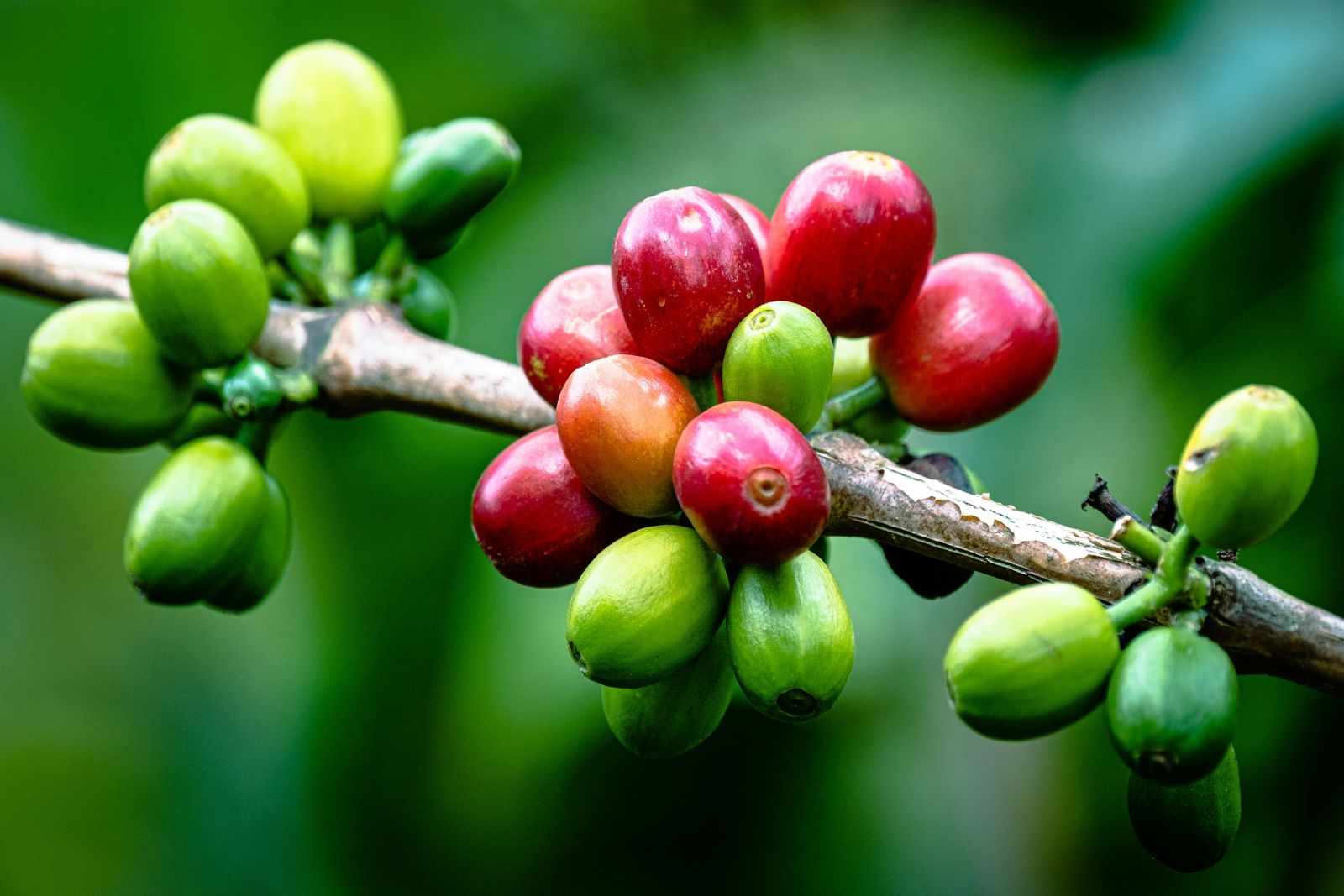Arabica Coffee Prices Jump on Brazil Coffee Crop Concerns

July arabica coffee (KCN25) Monday closed up +10.20 (+2.55%), and July ICE robusta coffee (RMN25) closed down -2 (-0.04%).
Coffee prices on Monday settled mixed, with arabica rallying to a 2-1/2 month high. Arabica coffee prices are climbing because of concern about a smaller Brazilian coffee crop. Last Tuesday, Rabobank predicted Brazil's 2025/26 arabica coffee crop would fall -13.6% y/y to 38.1 million bags, citing dry weather in key arabica-growing areas that significantly reduced flowering of coffee trees. However, robusta coffee is under pressure after Rabobank predicted that Brazil's 2025/26 robusta coffee crop would climb +7.3% y/y to a record 24.7 million bags.
Strength in the Brazilian real (^USDBRL) is also supportive of coffee prices. The real climbed to a 3-week high against the dollar Monday, discouraging export selling from Brazil's coffee producers.
Above-normal rain in Brazil boosts soil moisture levels and is bearish for coffee prices. Somar Meteorologia reported Monday that Brazil's biggest arabica coffee growing area of Minas Gerais, received 38.7 mm of rain in the week ended April 19, or 490% of the historical average.
An increase in current coffee supplies is bearish for prices. ICE-monitored arabica coffee inventories rose to a 2-1/2 month high Monday of 826,304 bags.
The ongoing global trade turmoil is undercutting most commodity prices, including coffee. Also, there is concern that coffee demand will suffer as the higher tariffs increase coffee prices for US consumers.
Supply fears are supportive of coffee prices. On April 9, Cecafe reported that Brazil's March green coffee exports fell -26% y/y to 2.95 million bags. On January 28, Conab, Brazil's government crop forecasting agency, forecasted that Brazil's 2025/26 coffee crop would fall -4.4% y/y to a 3-year low of 51.81 million bags. Conab also cut its 2024 Brazil coffee crop estimate by -1.1% to 54.2 million bags from a September estimate of 54.8 million bags.
The impact of dry El Nino weather last year may lead to longer-term coffee crop damage in South and Central America. Rainfall in Brazil has consistently been below average since last April, damaging coffee trees during the all-important flowering stage and reducing the prospects for Brazil's 2025/26 arabica coffee crop. Brazil has been facing the driest weather since 1981, according to the natural disaster monitoring center Cemaden. Also, Colombia, the world's second-largest arabica producer, is slowly recovering from the El Nino-spurred drought last year.
Robusta coffee has support from reduced robusta production. Due to drought, Vietnam's coffee production in the 2023/24 crop year dropped by -20% to 1.472 MMT, the smallest crop in four years. Also, Vietnam's General Statistics Office reported that 2024 Vietnam coffee exports fell -17.1% y/y to 1.35 MMT. In addition, the Vietnam Coffee and Cocoa Association on March 12 cut its 2024/25 Vietnam coffee production estimate to 26.5 million bags from a December estimate of 28 million bags. Finally, the Vietnam Customs Department reported Friday that Vietnam's Jan-March coffee exports were down -15.3% y/y to 495,780 MT. Vietnam is the world's largest robusta coffee producer.
News of larger global coffee exports is bearish for prices. Conab reported on February 4 that Brazil's 2024 coffee exports rose +28.8% y/y to a record 50.5 million bags. However, ICO reported on February 6 that Dec global coffee exports fell -12.4% y/y to 10.73 million bags, and Oct-Dec global coffee exports fell -0.8% y/y to 32.25 million bags.
The USDA's biannual report on December 18 was mixed for coffee prices. The USDA's Foreign Agriculture Service (FAS) projected that world coffee production in 2024/25 will increase +4.0% y/y to 174.855 million bags, with a +1.5% increase in arabica production to 97.845 million bags and a +7.5% increase in robusta production to 77.01 million bags. The USDA's FAS forecasts that 2024/25 ending stocks will fall by -6.6% to a 25-year low of 20.867 million bags from 22.347 million bags in 2023/24. Separately, the USDA's FAS on November 22 projected Brazil's 2024/25 coffee production at 66.4 MMT, below its previous forecast of 69.9 MMT. The USDA's FAS projects Brazil's coffee inventories at 1.2 million bags at the end of the 2024/25 season in June, down -26% y/y.
For the 2025/26 marketing year, Volcafe on December 17 cut its 2025/26 Brazil arabica coffee production estimate to 34.4 million bags, down by about 11 million bags from a September estimate after a crop tour revealed the severity of an extended drought in Brazil. Volcafe projects a global 2025/26 arabica coffee deficit of -8.5 million bags, wider than the -5.5 million bag deficit for 2024/25 and the fifth consecutive year of deficits.
On the date of publication, Rich Asplund did not have (either directly or indirectly) positions in any of the securities mentioned in this article. All information and data in this article is solely for informational purposes. For more information please view the Barchart Disclosure Policy here.